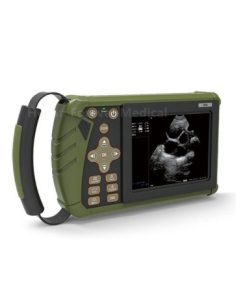Using B-ultrasound to detect the influence of outdoor feeding on sows
In recent years, people have paid more and more attention to the welfare of pigs and the quality of pork, and the production scale of organic pork has been expanding year by year. Improving the level of animal welfare is a prerequisite for the development of organic pork.
In the European organic pork production system, pigs generally have the opportunity to go outdoors. Although there are no specific welfare standards in the outdoor production system, it is believed that the outdoor breeding mode is more in line with the biological characteristics of pigs, and it is not harmful to the environment and can be Sustainable development also has certain benefits in terms of animal welfare and hygiene. Although outdoor production has the welfare advantages of increasing biodiversity and freedom of behavior, when the B-ultrasound backfat thickness and intermuscular fat of pigs are measured for pigs raised outdoors, it will also be found that the intermuscular fat of pigs raised outdoors The data on the B-ultrasound is relatively high.
There are also many problems in outdoor feeding of sows, such as: frequently changing postures of sows, and reducing the frequency of breastfeeding, which can easily cause piglets to be crushed, injured or killed; in addition, outdoor climate, environment, disease hazards, soil types, production management, Housing design and profitability are closely related, and these are common problems in outdoor production systems.
When using B-ultrasound for pigs to examine them, it will be found that some sows have reproductive system diseases, and there are many infections in the udder. So selecting a breed suitable for the region is the primary factor in improving sow welfare in outdoor breeding systems. However, there are currently no dedicated breeding programs aimed at improving the welfare of outdoor sows.


